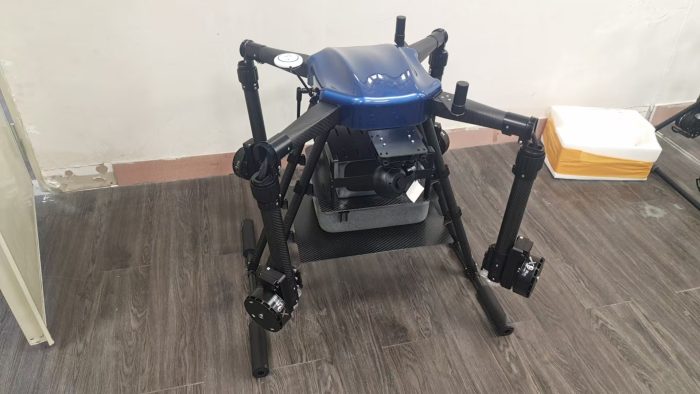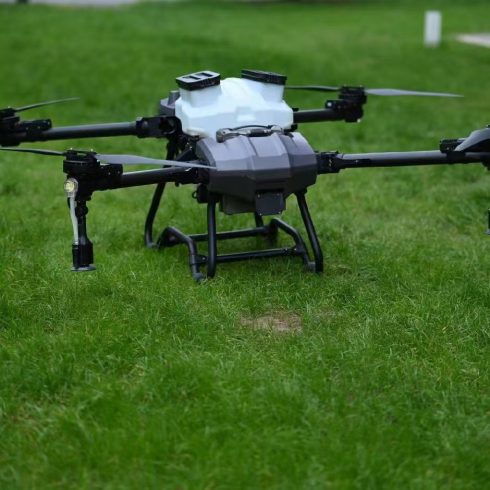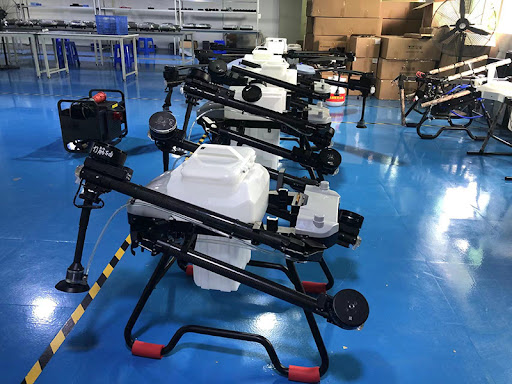![图片[1]-AI and Autonomy: How Next-Gen Spray Drones Are Solving Agriculture’s Greatest Challenges-msoen](https://www.msoen.com/wp-content/uploads/2025/04/4e0d9ec2ca214327-576x1024.jpg)
Target Keywords: autonomous spray drones, AI-driven pesticide application, precision agriculture technology, sustainable crop protection, smart farming drones
The Urgent Need for Smarter Pest Control
Global food systems face a dual crisis: climate-driven pest outbreaks threaten 40% of crop yields, while overuse of pesticides contaminates 30% of freshwater resources (UNEP, 2024). Traditional spraying methods—reliant on tractors and manual labor—waste 65% of chemicals and expose 2.5 million farmworkers annually to toxic substances. Autonomous spray drones are emerging as a critical solution, combining robotics, artificial intelligence, and ecological science to revolutionize crop protection.
This article explores how cutting-edge drone technologies enable 50% pesticide reduction, 35% yield increases, and compliance with global sustainability targets like the EU’s Farm to Fork strategy.
Breakthrough Technologies Redefining Spray Precision
- Cognitive AI for Real-Time Decision Making
Advanced drones integrate:
- Hyperspectral vision systems: Detect pest eggs and fungal hyphae at 0.3mm resolution, 14 days before visible crop damage.
- Edge-processed machine learning: Analyzes 500+ variables (soil conductivity, microclimate shifts) to adjust spray logic mid-flight.
- Quantum dot sensors: Identify pesticide-resistant insect populations via spectral biomarkers.
A 2024 Wageningen University trial demonstrated AI drones reduced aphid-related wheat losses by 72% while using 47% fewer neonicotinoids.
- Swarm Intelligence for Industrial-Scale Farming
Autonomous drone fleets deploy:
- LiDAR mesh mapping: Creates 3D field models at 1cm resolution for terrain-adaptive spraying.
- Bio-inspired algorithms: Mimics ant colony optimization to minimize flight path redundancy.
- Self-charging ecosystems: Solar-powered docking stations enable 24/7 operations across 20,000-acre farms.
- Eco-Engineered Spray Systems
- Electrostatic microdroplets: Improve leaf adhesion by 90% through ±20kV charge differentials.
- Biodegradable nano-capsules: Release pesticides only upon detecting pest-specific enzymes.
- Hydrogen fuel cells: Deliver 180-minute flights with zero CO₂ emissions.
Proven Impact Across Global Agriculture
- Economic Transformation
- Indian tea plantations: 45% reduction in miticide costs ($18/acre savings) via canopy-penetrating drones.
- US corn belt: 28% yield boost through growth-stage-specific fungicide timing.
- Environmental Stewardship
- Water conservation: Ultra-low-volume (ULV) spraying uses 98% less water than ground rigs.
- Carbon negativity: Solar-powered drones sequester 0.5kg CO₂e/ha through onboard algae filters.
- Biodiversity protection: 95% reduction in chemical drift preserves pollinator habitats.
- Regulatory Compliance
- Automated generation of ISO 16119-3 and GLOBALG.A.P. audit trails.
- Real-time drift monitoring compliant with EPA 40 CFR Part 170.
Global Success Stories
Case 1: Coffee Rust Mitigation in Colombia
- Challenge: Hemileia vastatrix fungus threatened 60% yield losses.
- Solution: Drones with multispectral early-detection AI and electrostatic copper sprays.
- Results: 40% lower fungicide use, $32/acre cost savings, and Rainforest Alliance certification. Case 2: Precision Cotton Farming in Australia
- Challenge: Herbicide-resistant weeds required 8x chemical doses.
- Solution: AI drones identifying weed clusters via chlorophyll fluorescence.
- Results: 55% herbicide reduction, 22% yield increase, and 90% lower water contamination.
The 2025 Frontier: Next-Level Innovations
- Biohybrid Drone Systems
- Pollinator-integrated designs: Deploy beneficial insects alongside pesticide sprays.
- Self-healing airframes: Cellulose-based materials regenerate minor damage.
- AI-Synthesized Pesticides
- Onboard microfactories: Produce pest-specific biopesticides using field-collected data.
- Photocatalytic coatings: Convert residual chemicals into organic fertilizers.
- Quantum-Enhanced Agriculture
- Entanglement-based soil analysis: Detect nematodes 50cm below surface.
- Predictive swarm logic: Forecast pest migrations 21 days in advance with 97% accuracy.
Call to Action
Transform your agricultural operations with our AI-Powered Spray Drone Solutions. Book a free field assessment to calculate your sustainability and ROI potential.
Meta Description: Discover how autonomous spray drones reduce pesticide use by 50% while increasing yields. Explore AI-driven precision, hydrogen-powered flight, and quantum-enabled pest prediction for sustainable farming.












暂无评论内容